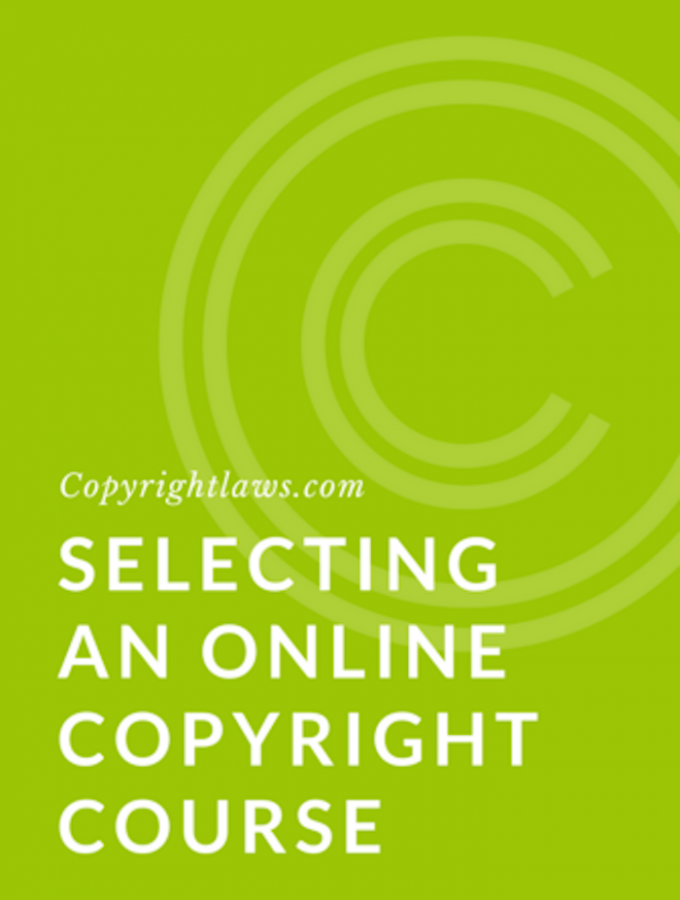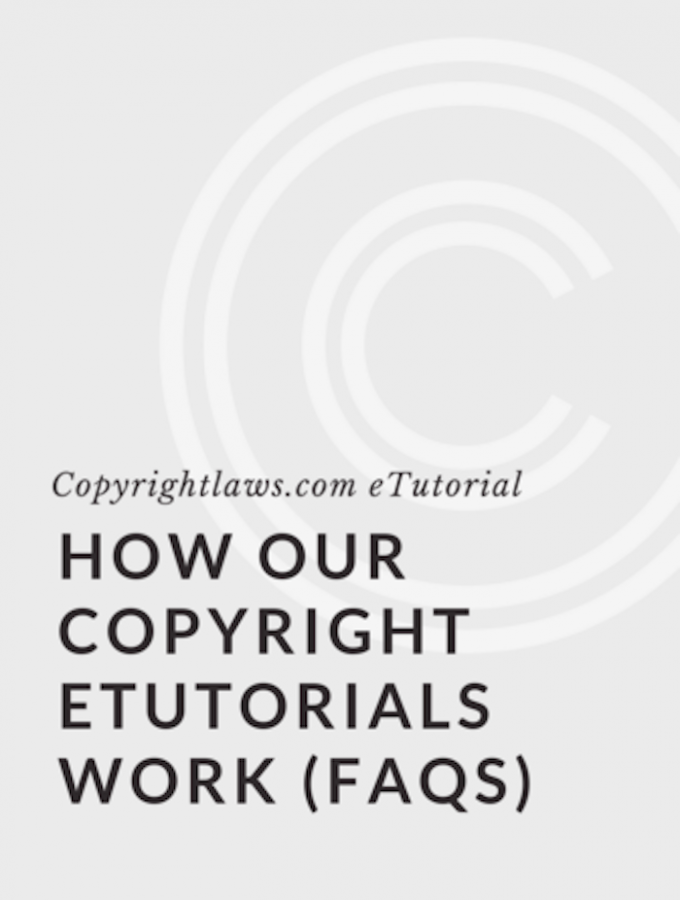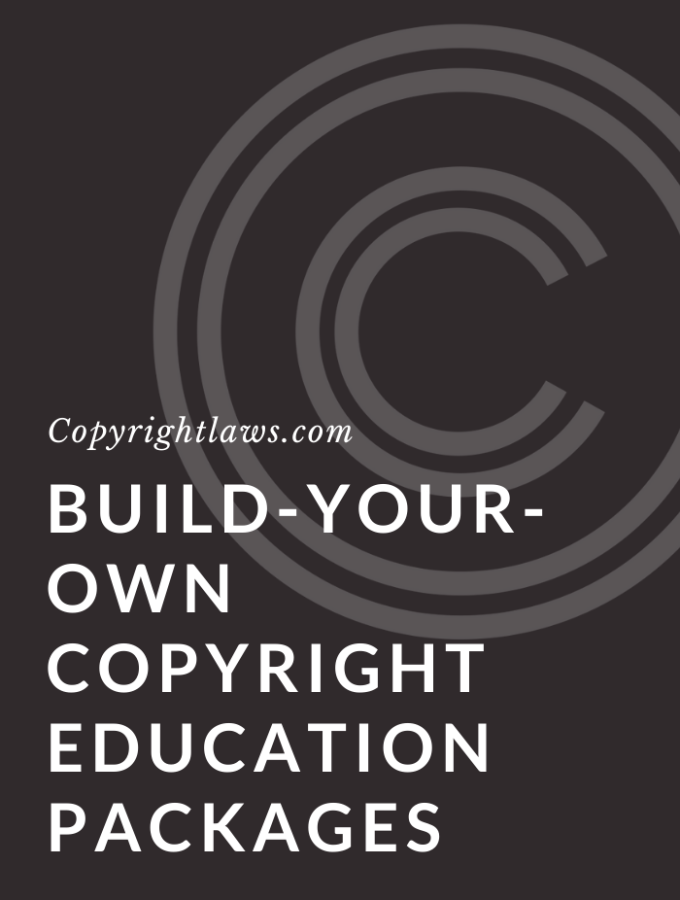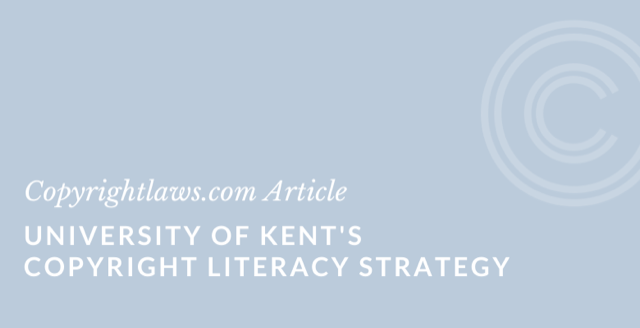
After following the copyright literacy work of Chris Morrison and Jane Secker, I asked them to participate in one of Copyrightlaws.com’s Zoom On In’s in early 2020. Not surprisingly, this charming duo attracted a large international audience to listen to their approach to copyright education, the relationship of copyright literacy to information and digital literacy, and the role of games and play in learning.
Chris and Jane are two UK educators who are passionate about copyright education. In the last few years they've developed a number of games in the field of copyright education, including Copyright the Card Game and the Publishing Trap, both of which are licensed under Creative Commons. They also run the website CopyrightLiteracy.org, regularly featuring guest posts from copyright experts from around the world, and are on Twitter as @ukcopyrightlit.
Fast forward: Chris asked me to review the draft University of Kent’s Copyright Literacy Strategy and I’m now delighted to see it completed and published. Below is an interview I had with Chris about the initiative and the process of creating and implementing a copyright literacy strategy.
Lesley Ellen Harris

An Interview with Chris Morrison about the University of Kent's Copyright Literacy Strategy
LEH: Chris, I’m excited for you on the launch of the University of Kent’s Copyright Literacy Strategy. I know that this was a lot of work and involved lots of people and ideas. What initiated your work on this strategy and when did that begin?
Thanks Lesley. Looking back at my notes I saw the original blueprint for this in July 2017. As you know, Jane Secker (City, University of London) and I have been talking about copyright literacy for a few years now and about how it should be embedded in institutions like universities, libraries and the GLAM [galleries, libraries, archives and museums] sector. I’d done similar work in my previous role at the British Library, but I’d never created a strategy like this from scratch, engaging with colleagues and framing it as something empowering rather than based on a “compliance” message.
CM
LEH: How does it feel to have now published it? What’s the first initiative you’ll be undertaking with respect to this strategy?
The final push to get the strategy out there was hard work, but now the dust has settled I’m feeling very excited to have it published and informing our work. The first thing I’m working on is finalizing the terms of reference for our steering group. I’ve been really lucky to have a very committed working group, many of whom have agreed to stay on in the steering group. But the key thing now is to make sure we have a really representative group with different perspectives on the challenges we face.
CM
LEH: Is the timing of the strategy accidental in the middle of the COVID-19 pandemic? How will this help or hurt your copyright literacy efforts?
We had done most of the work on the strategy prior to the pandemic, but the sudden shift to online teaching and research has really brought copyright to the front of people’s minds. I think this is an opportunity to rethink how we do things and not see copyright as something to be ignored or avoided. Clearly, it’s a difficult time for everybody and change is not easy. But I think what the strategy proposes is an evolution rather than a revolution and I do think we can support our staff and students through it with these sorts of initiatives.
CM
LEH: What advice do you have for other educational institutions and organizations that want to develop a copyright literacy strategy? What lessons have you learned in developing and writing yours?
I’ve found that you need a lot of patience and also need to be able to take people’s feedback on board without losing your vision. There were times when I felt a bit overwhelmed by all the different perspectives and questioned whether it was worth the effort. After all, we already had a copyright policy which pretty much said what it needed to, and I had a fairly clear idea of how the institution should be addressing copyright. But the process of working with colleagues to produce a vision and a set of formal statements actually changed my perspective on what we were trying to achieve.
CM
Anyone who wants to use our strategy as the basis for theirs is welcome — it’s licensed under a Creative Commons Attribution license — but I would recommend going through the process yourself to ask what your institutional vision and values are. I certainly wouldn’t recommend adopting a copyright literacy strategy as a tick box exercise.
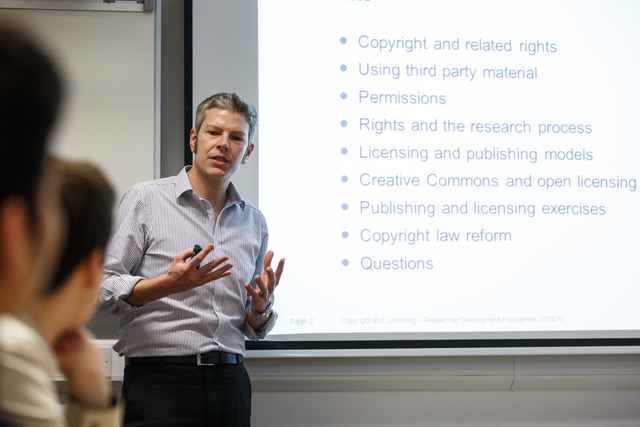
LEH: There’s a list of important copyright literacy activities set out in the strategy; for example, “Create a Copyright Literacy Steering Group to oversee progress with the strategy.” What’s the role of your Copyright Literacy Steering Group and what kinds of backgrounds are you seeking for group members?
We need a mixture of academic and professional services staff as well as student representatives. We also did an equality, diversity and inclusiveness analysis when drawing up the strategy, which we’ll need to make sure we follow up on as we roll out the strategic activities. For example, a white, male tenured academic is likely have a very different perspective on copyright risk to a BAME [Black, Asian and minority ethnic], female, early career researcher from a “non-traditional” background.
CM
LEH: How do you recommend others determine their institution’s risk management?
In my experience this has always been one of the hardest things to discuss clearly within a cultural or educational institution. Copyright so often comes down to risk management and I’ve heard it said many times, “Well, that depends on your institution’s attitude to risk.” The problem as I see it (and this did come out in my master’s research, which I published last year) is that few institutions have properly considered this. In many universities, responsibility for copyright is given to someone in the library who, despite having other responsibilities, quickly becomes an expert. They are then asked to sanction other people’s behavior without anyone in the institution taking accountability for overall copyright risk. This creates general confusion and anxiety.
What I’m hoping we will be able to do as a result of our strategy is have informed discussions with clear accountability for broad policy decision making and support for anybody who has to make their own personal decisions about using copyright material. Effectively that’s everybody who uses a computer, so we all have to take some responsibility. But I think it’s going to be really powerful simply to make the statement that risk management is an essential part of working with copyright material and that the University of Kent supports its staff and students in doing so.
CM
LEH: Can you offer any copyright and licensing tips that our readers can immediately apply when developing online courses during COVID-19 and beyond?
I would say the key message, whether you’re using works under licenses or copyright exceptions, is to always credit the creators of the material you’re using. And if you’re not sure what to do, then ask. If there isn’t someone in your institution who can help (and if there isn’t then there probably should be), then there are lots of helpful copyright geeks out there who are generally very happy to help. You can always follow me and Jane on Twitter as we tweet the latest copyright education news under the handle @ukcopyrightlit.
CM
LEH: What is your role regarding copyright literacy and implementing your strategy?
My current role is Copyright, Licensing and Policy Manager, so I have responsibility for our Information Services policy framework under which all our policies and strategies are managed. Copyright is my area of specialism, but the two areas of responsibility (copyright and policy) have worked very well together as I’ve been able to put the Copyright Literacy Strategy forward as a test case. The next challenge for me is to make the strategy live and not just become a document that just sits there gathering dust.
CM
LEH: Hope you’re safe and healthy. Crazy times.
Thanks for giving me the opportunity to chat about the strategy and for your input into the draft version.
CM
Interested in learning more about copyright literacy? See our In-Depth Guide to Copyright Literacy and our online course, 21 Virtual Ways to Build Copyright Awareness in Your Library or Organization, which we're offering starting 4 November 2020.

